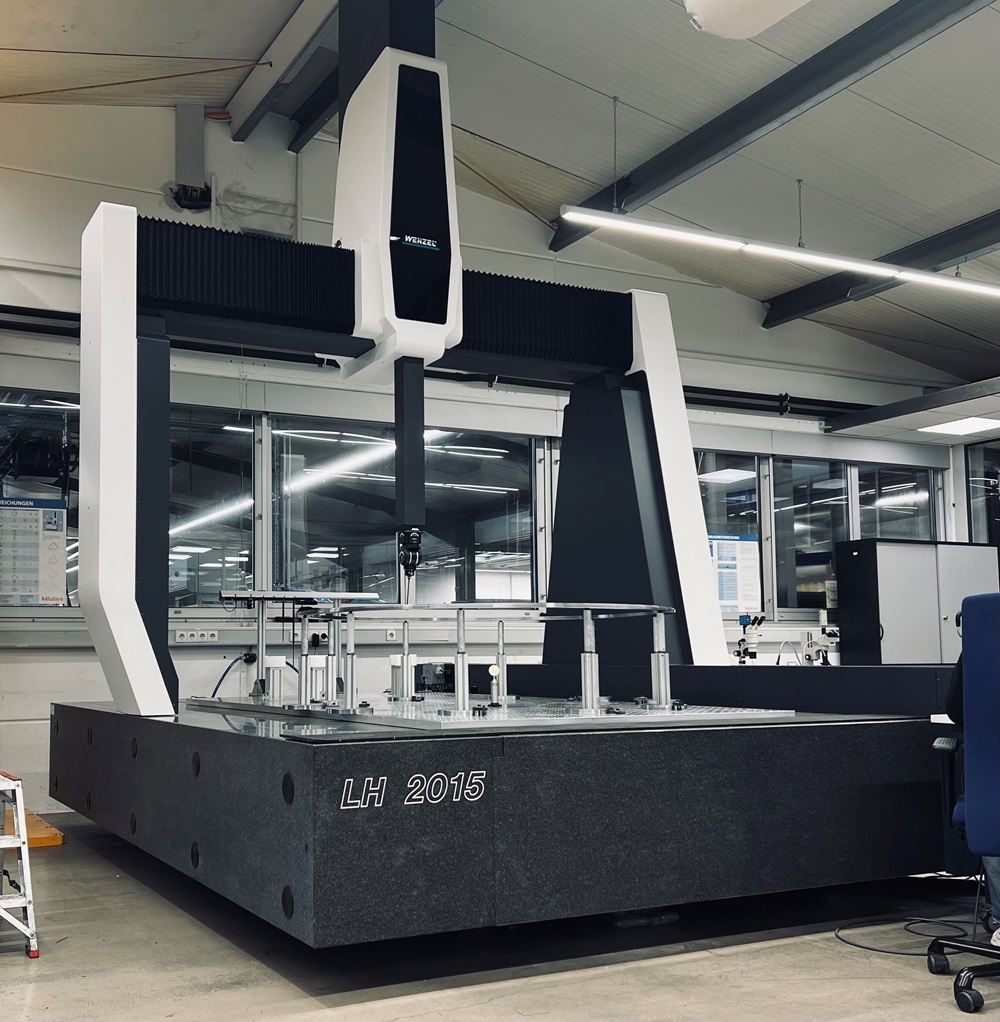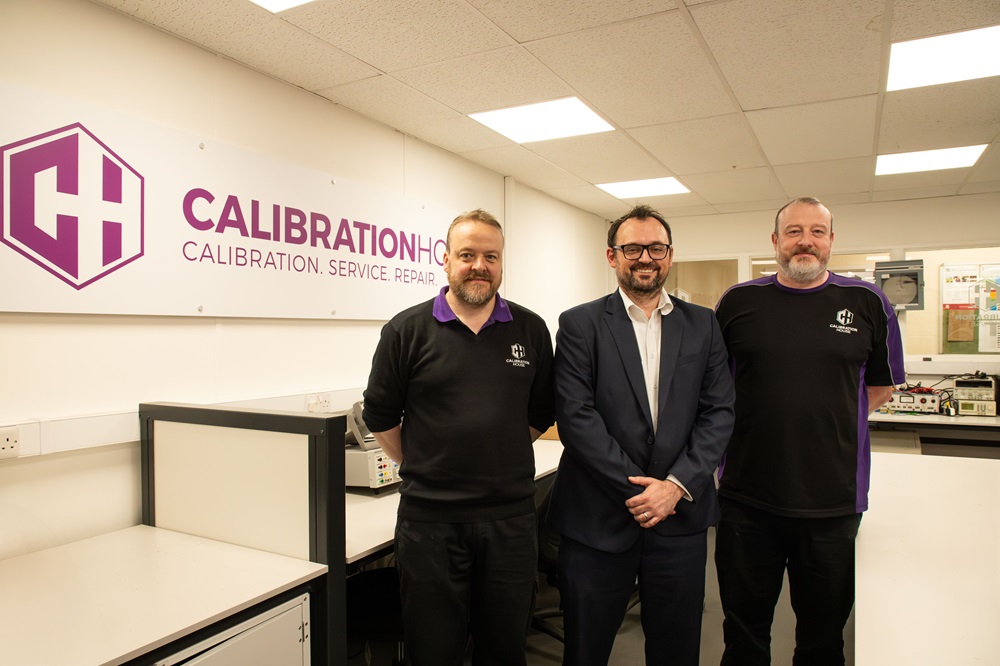Calibrationhouse, a provider of UKAS-accredited calibration services, is commencing a £500,000 investment in an extensive suite of new capabilities to streamline and enhance equipment calibration for the manufacturing industry. The new services are set to offer a one-stop shop for calibration needs as it is possible to perform the majority of them at customer premises.
In 2023, Calibrationhouse rolled out new calibration capabilities including bore gauges, verniers, micrometers, height gauges, thermal imaging cameras and torque wrenches. The company also introduced inclinometer, protractor and expanded temperature calibration capabilities. This year, the company will offer calibration of force gauges, current transformers, high-pressure gauges, liquid flow, mass, gauge blocks and humidity devices.
A key advantage for manufacturers is the ability of Calibrationhouse to calibrate a wide range of equipment on-site, reducing lead times and equipment downtime.
Calibrationhouse’s engineers can deliver calibration services directly at customer premises, meaning crucial test equipment is unavailable for minutes rather than days. Alternatively, manufacturers can opt to send their equipment to Calibrationhouse’s base in Peterlee for back-to-base calibration completed within five working days from receipt.
Andrew Simpson, manager of Calibrationhouse, said: “We’re providing a comprehensive calibration solution of the highest quality that enables us to calibrate almost all of our customers test equipment, as recognised by our continuous accreditation as an approved vendor for the prestigious UK defence sector [JOSCAR]. Traditionally, manufacturers had to rely on multiple calibration companies who could each only handle a portion of their calibration needs. Our expanded capabilities mean manufacturers can now turn to Calibrationhouse as a one-stop shop.”
More information www.calibrationhouse.com



















